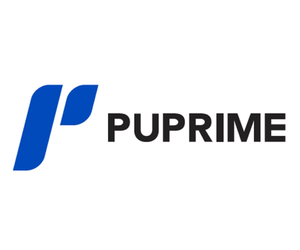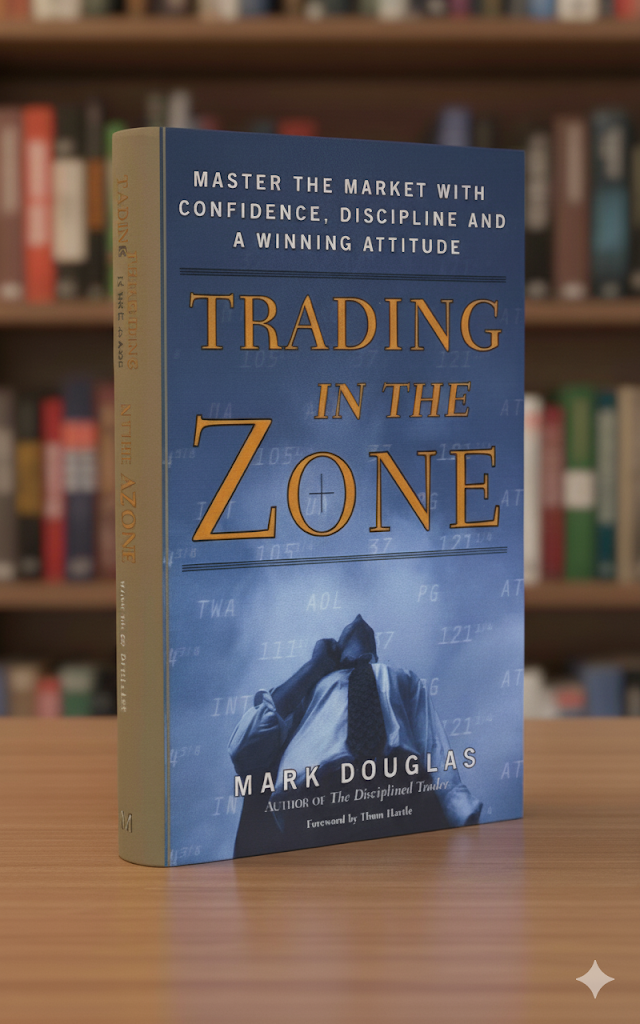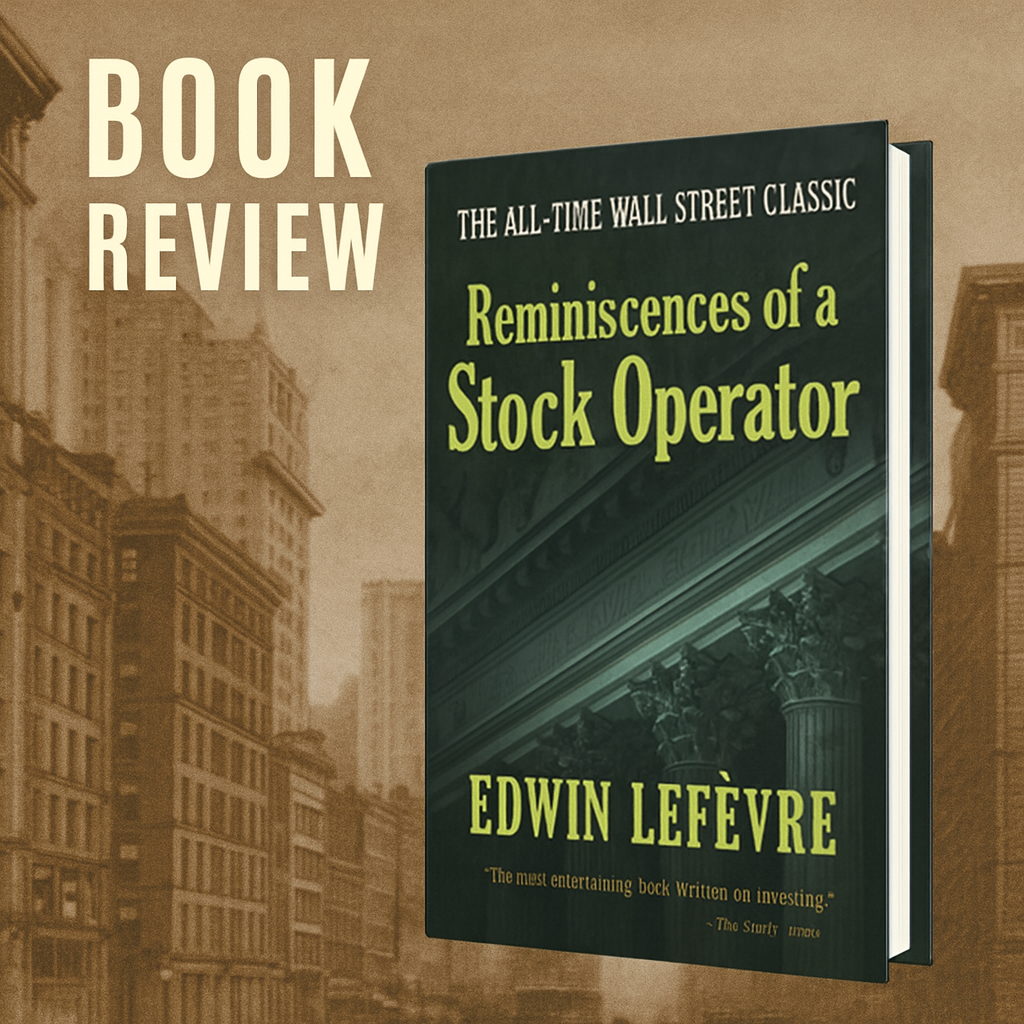Boiler Room examines a sales floor that manufactures demand, hides exits, and profits from urgency. This review distills actionable defenses: move claims to email, test withdrawals, verify venue and liquidity, demand conflict disclosures, and refuse remote access—see how to keep control.
Synopsis
Ben Younger’s Boiler Room (2000) follows Seth Davis (Giovanni Ribisi), a bright but unmoored college dropout who swaps an illegal home casino for the flash of J.T. Marlin, a Long Island brokerage that sells speed, status, and overnight wealth. The firm’s edge isn’t analysis; it’s pressure. Recruits are drilled to cold-call professionals, funnel them into thinly traded “house stocks,” and make selling back nearly impossible. Chris Varick (Vin Diesel) models the ruthless closer; cofounder Jim Young (Ben Affleck) delivers locker-room sermons that turn greed into a posture.
The story’s punch lands when Seth steers a middle-class client into averaging down on a worthless position and then watches the firm stall every sell order. No market crash is required; the damage is structural. As the FBI closes in, Seth confronts a simple truth: the real product wasn’t a security, it was urgency—engineered, rehearsed, and monetized.
Cinematic Qualities
The film is brisk and tightly cut, with a fluorescent, near-documentary look that keeps the energy claustrophobic. Ribisi plays moral conflict without melodrama; Diesel adds credible menace; Affleck weaponizes charisma in compact scenes that linger. Some subplots—particularly the romance—feel thin, and the legal plumbing is compressed for speed. But the production nails the choreography of persuasion: the cadence of phones, the ritual applause for big closes, the shared scripts that turn sales into assembly line.
Trader’s Lens — Scam Avoidance, Not Just Story
Viewed through a market practitioner’s eye, Boiler Room is about three levers: information asymmetry, liquidity illusion, and conflicted incentives. J.T. Marlin’s “brokers” don’t discover price; they manufacture demand. They control the story, obscure the exit, and monetize the spread while their clients absorb the volatility and, ultimately, the losses. The firm’s regulatory talk is theater—forms that signal legitimacy but never translate into best execution, suitability, or fair dealing.
For new investors, the most important insight is that fraud rarely looks like chaos. It looks like process. There’s a script for every objection, a status cue for every doubt, a delay for every sell order. The film’s lesson is to build a counter-process that cannot be negotiated away on the phone.
Playbook for Staying Out of the Boiler Room
Replace the sales script with your own rule set. Start by refusing the clock. Any pitch that demands a decision “by close” is pricing your time, not your risk. Move the conversation into writing—email, not calls or messaging apps—so you can compare claims across days, not seconds, and create a paper trail that salespeople prefer to avoid.
Test the rails that matter to your money: withdrawals and exits. Fund minimally, execute a buy, then sell—twice—and complete two withdrawals. Time the turnaround. If selling suddenly requires “manager approval” or “system maintenance,” treat that friction as a price signal. Quotes are cheap; exits are truth.
Understand where and how you’d be trading. Know whether the instrument is listed on a major exchange or effectively lives in a dealer’s walled garden. Illiquid products with small floats and “once-in-a-lifetime catalysts” are the favorite canvas for manipulation because the tape can be steered with relatively little capital. If your ability to exit depends on one market maker, your downside is not just price risk; it’s counterparty and operational risk.
Conflicts tell you more than promises. Ask—on the record—whether the seller’s firm holds inventory in the names being promoted, receives rebates on client flow, or earns revenue based on your trading volume or losses. Incentives explain behavior. If you cannot get clean, specific answers in writing, you have enough data to decline.
Never allow remote access or screensharing for “onboarding,” funding, or trading “help.” In a phone-sale world this would be like handing over a signed check; online it’s often how accounts get drained or withdrawals rerouted. And before adding capital, quantify total costs—spread, commissions, financing—against the edge your strategy actually needs. Education that steers you toward a partner platform but never discloses economics is marketing in costume.
Accuracy vs. Dramatization
The film gets the texture right: the cadence of cold-calling, the staged bravado, the rebuttal trees designed to keep you on the hook, and, crucially, the one-way door—easy entry, obstructed exit. Timelines are compressed—licensing, clearing, and enforcement arcs unfold faster than in real life—but the structure of the scam is authentic. Real blowups often end not with handcuffs but with months of “enhanced KYC,” “system upgrades,” and “busy compliance lines” while capital quietly vanishes. Boiler Room trims those delays into cinematic beats, yet the mechanics ring true.
Psychology & Culture
What the movie understands—better than most finance dramas—is that sales floors are behavioral factories. The commodity isn’t a stock; it’s a state of arousal. Status cues (cars, suits), identity scripts (“be a closer”), and public recognition after big orders bind reps to the mission and nudge clients toward compliance. New investors are captured by the combination of authority theater and artificial scarcity; once they say “yes” to a small order, commitment bias does the rest.
Inside the room, ethics are reframed as competitive weakness. Harm is rationalized as “just sales,” a linguistic trick that strips clients of agency and turns due diligence into an obstacle. The appropriate response as an investor is not debate—salespeople practice rebuttals—but pre-commitment to rules that end the conversation.
Audience Fit
For retail investors and first-time traders, the film doubles as consumer protection. Finance students will find a practical case study in the difference between salesmanship and fiduciary duty. Industry insiders won’t learn new plumbing, but they’ll recognize how tone at the top defines culture and, eventually, legal exposure. General audiences get a fast, engaging drama whose stakes are easy to grasp without jargon.
Where the Film Falls Short—for Learning
Back-office realities—clearing arrangements, settlement mechanics, who actually controls the tape—stay offstage. A modern supplement would map the same playbook onto today’s channels: DMs, livestreams, “signal” rooms, affiliate links. The scripts migrated from desk phones to social feeds, but the incentive model is intact: gather deposits, promote inventory, slow the exits.
A Compact, Practice-First Checklist
Keep decisions in writing; no timed commitments. Start small and prove the exit with repeat sell orders and withdrawals. Confirm trading venue and practical liquidity—not just quotes on a website. Demand written disclosure of inventory ownership, rebates, or revenue-share tied to your activity. Refuse screensharing or remote-desktop “assistance.” Price the all-in cost of trading and compare it to two reputable alternatives before you fund. If any step becomes difficult, that difficulty is the signal.
Verdict / Rating
8.5/10. As cinema, Boiler Room is lean and persuasive. As a finance lesson, it’s enduring: a portrait of how urgency and opacity convert stories into spreads. Trader-focused takeaway: edge begins with exits—prove you can sell and withdraw under normal conditions before you ever size up. When a pitch leans on speed, social proof, and vague process, the expected value to you is negative—no matter how compelling the voice on the other end of the line.









